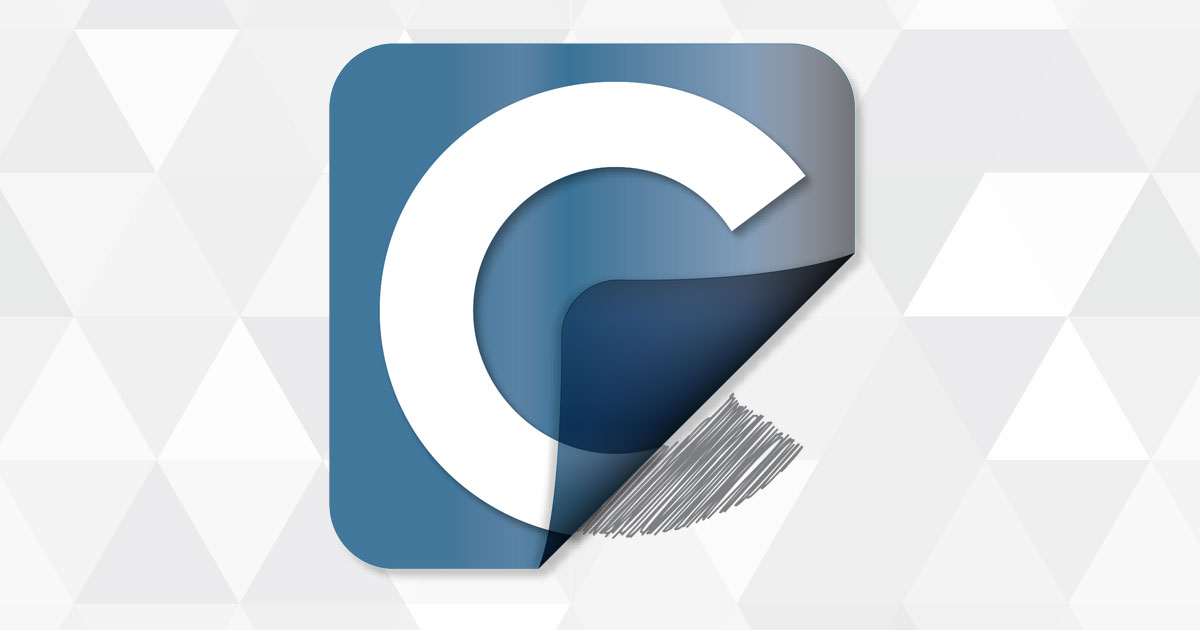Heinz Mandala
New member
- Joined
- Aug 23, 2022
- Messages
- 4
- Reaction score
- 0
- Points
- 1
Hi,
I always was using Carbon Copy Cloner (CCC) for a complete 1:1, bootable harddrive backup. Sadly this is not possible anymore. Instead CCC now seems to backup the user partition or so... So even changes under "/" or "/Library/..." will be backuped... I have these questions:
- Will a timemachine backup also copy the whole user partition?
- Is there a way to do a complete 1:1 bootable backup?
- Can I boot from a USB drive copy?
- Should I format the backup drive with APFS or HFS+? APFS seems to be problematic, because there does not exist a recovery software for it.
- Can I read a written backup drive with another Mac?
I am quite experienced, also setup my hackintosh and I know OpenCore and Clover... Are there any such modifications to enable usb boot or 1:1 copies?
Thanks a lot for help!
I always was using Carbon Copy Cloner (CCC) for a complete 1:1, bootable harddrive backup. Sadly this is not possible anymore. Instead CCC now seems to backup the user partition or so... So even changes under "/" or "/Library/..." will be backuped... I have these questions:
- Will a timemachine backup also copy the whole user partition?
- Is there a way to do a complete 1:1 bootable backup?
- Can I boot from a USB drive copy?
- Should I format the backup drive with APFS or HFS+? APFS seems to be problematic, because there does not exist a recovery software for it.
- Can I read a written backup drive with another Mac?
I am quite experienced, also setup my hackintosh and I know OpenCore and Clover... Are there any such modifications to enable usb boot or 1:1 copies?
Thanks a lot for help!







